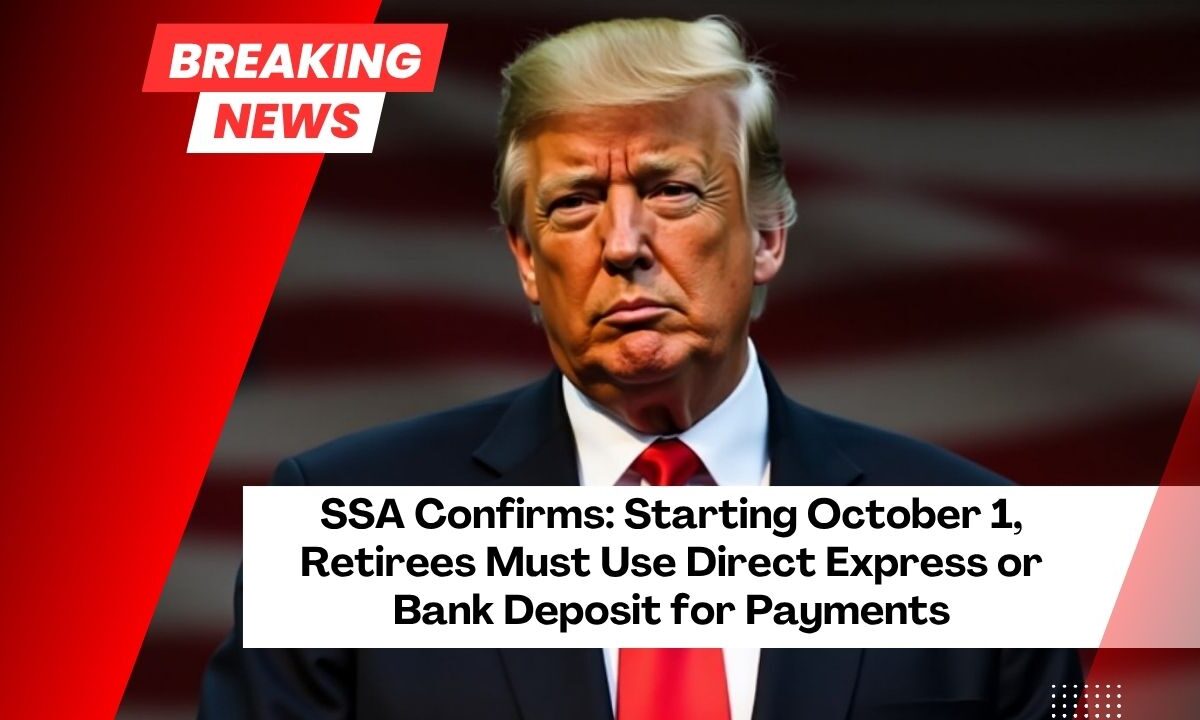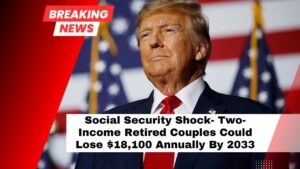Important news for Social Security recipients: Beginning October 1, 2025, the Social Security Administration (SSA) will officially end the distribution of paper checks for monthly benefits. Instead, all future payments will be made electronically, either by direct deposit or through a Direct Express debit card.
Let’s break down what this means for you, why this transition is taking place, and the steps you must take to ensure uninterrupted access to your benefits.
Why Is Social Security Stopping Paper Checks?
The SSA is implementing this change to improve security, enhance efficiency, and reduce payment delays. According to Social Security Commissioner Frank J. Bisignano, eliminating paper checks will help:
- Prevent check fraud and mail theft
- Minimize delays due to lost mail
- Reduce administrative costs
- Provide a more reliable and faster delivery method
Currently, fewer than 1% of recipients still receive paper checks. While this number is small, those affected tend to be individuals without internet or bank access, making this change especially important to communicate clearly.
What Changes on October 1, 2025?
From this date forward, Social Security will no longer mail paper checks to beneficiaries. All payments will be sent using one of the following two electronic methods:
1. Direct Deposit
- Funds are transferred directly into the beneficiary’s bank account.
- This method is fast, secure, and eliminates the risk of lost checks.
2. Direct Express Debit Card
- A reloadable prepaid card designed for people without bank accounts.
- The card is automatically reloaded each month with your benefit amount.
What Should Current Check Recipients Do?
If you’re still receiving paper checks, you must switch to one of the electronic options before October 1, 2025, to avoid payment delays or interruptions.
Option 1: Enroll in Direct Deposit
- How to enroll: Visit GoDirect.gov or call 1-877-874-6347.
- What you need:
- Your Social Security Number (SSN)
- Bank account number
- Routing number
- Account type (checking or savings)
Option 2: Request a Direct Express Card
- Ideal for those without a bank account.
- How to request: Contact Social Security directly.
- Information required:
- SSN
- Birthdate
- Details from your most recent check
Both options are free and ensure timely, secure delivery of your benefits without relying on postal services.
Risks of Paper Checks vs. Electronic Payments
| Issue | Paper Checks | Electronic Payments |
|---|---|---|
| Delivery Speed | Slower, dependent on mail | Instant on payment day |
| Risk of Loss or Theft | High | Very low |
| Administrative Costs | Higher | Lower |
| Payment Accuracy | Harder to track | Easier to trace and resolve |
| Accessibility | Requires cashing/depositing | Directly accessible |
SSA’s Broader Improvements
The paper check phase-out is part of a larger modernization effort by the SSA. Recent upgrades include:
- An improved my Social Security website, offering faster and more reliable access.
- Reduced office wait times from 30 minutes to 23 minutes.
- Answered 1.3 million phone calls in a week, with phone wait times cut from 30 to 18 minutes.
With paper checks ending on October 1, 2025, now is the time to act. Whether you choose direct deposit or the Direct Express card, switching to electronic payments ensures your benefits arrive securely and without delay.
This change is designed to offer more security, speed, and convenience, especially in a time when efficiency in government services is more important than ever. Don’t wait—update your payment method today to stay protected and informed.
FAQs
What happens if I don’t switch from paper checks by October 1, 2025?
Your Social Security payments may be delayed or temporarily stopped until you choose an electronic payment method.
Is the Direct Express card safe to use?
Yes, the Direct Express card is secure and insured, automatically reloaded every month, and offers easy access to funds.
Can I still receive Social Security if I don’t have a bank account?
Absolutely. You can request a Direct Express debit card, which does not require a bank account and is designed for people in this situation.




